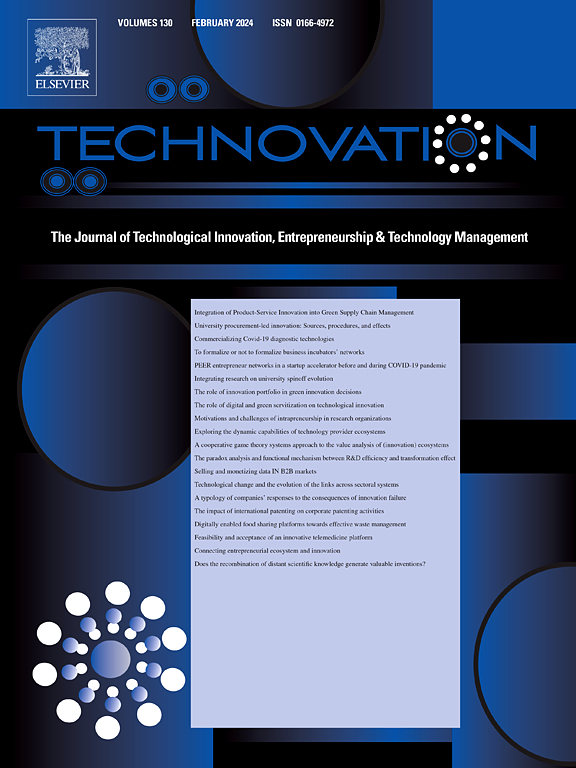Determinants of human-machine interaction technology usage: An automated machine learning approach
IF 11.1
1区 管理学
Q1 ENGINEERING, INDUSTRIAL
引用次数: 0
Abstract
The advent of Industry 4.0 technologies has reshaped modern manufacturing. Human-machine interaction (HMI) technologies are essential to this transformation, as they facilitate communication between people and machines, bridge the digital and physical worlds, improve decision-making, and increase overall productivity. However, the diffusion of these cutting-edge technologies varies greatly, possibly resulting in persistent geographical disparities over time. Moreover, our understanding of the factors determining the use of HMI technologies is still limited. Our goal is to investigate the factors that influence manufacturing firms’ use of these technologies, providing a comprehensive perspective. Combining insights provided by economic geography and innovation studies, we take a holistic approach that includes a wide range of technological, organizational, and environmental (TOE) factors. Using Automated Machine Learning (AML), we identify non-linear relationships between key predictors and the usage of HMI technology. Our analysis highlights the importance of geographical and organizational proximities in absorbing local external knowledge and coordinating long-distance knowledge pipelines alongside traditional factors influencing the rate of technology use.
求助全文
约1分钟内获得全文
求助全文
来源期刊

Technovation
管理科学-工程:工业
CiteScore
15.10
自引率
11.20%
发文量
208
审稿时长
91 days
期刊介绍:
The interdisciplinary journal Technovation covers various aspects of technological innovation, exploring processes, products, and social impacts. It examines innovation in both process and product realms, including social innovations like regulatory frameworks and non-economic benefits. Topics range from emerging trends and capital for development to managing technology-intensive ventures and innovation in organizations of different sizes. It also discusses organizational structures, investment strategies for science and technology enterprises, and the roles of technological innovators. Additionally, it addresses technology transfer between developing countries and innovation across enterprise, political, and economic systems.
 求助内容:
求助内容: 应助结果提醒方式:
应助结果提醒方式:


